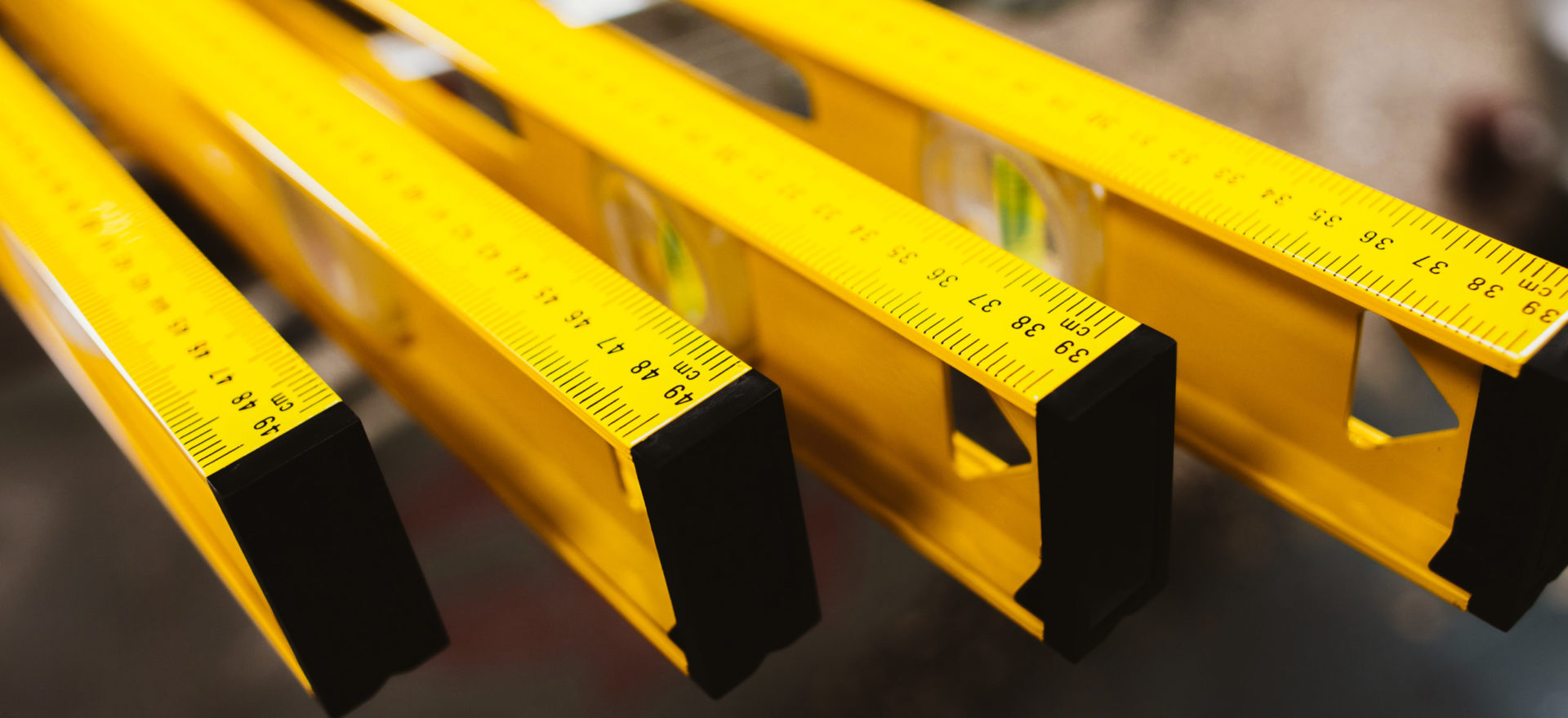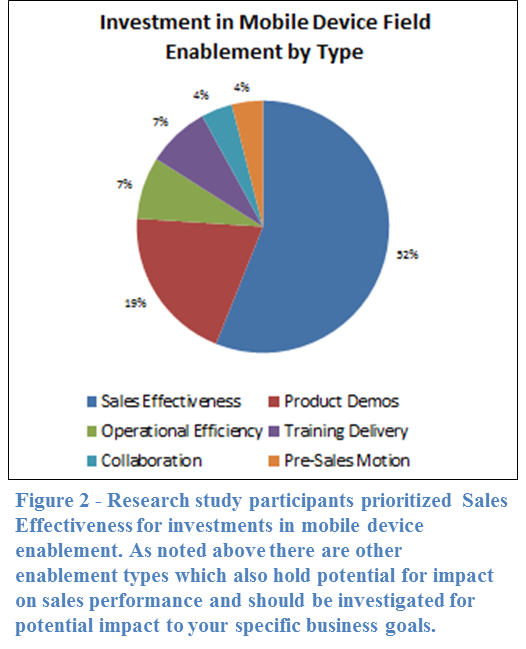POSTED : February 25, 2013
BY : Concentrix Catalyst
Categories: Business Optimization

In part 1 of our series, we identified and evaluated specific mobile device field enablement scenarios already taking place among leading-edge sales organizations. In part 2, we focus on the specific performance metrics and enablement types organizations have identified to realize the greatest impact on their business.
When considering the adoption of technologies, Sales, Operations and IT leaders can easily be enamored with new devices or applications and the capabilities they may offer. In the process, some lose sight of the measurable impact the new technology should deliver to the business. Our study finds that those organizations that are having the most success in leveraging the unique and powerful capabilities of mobile devices are first and foremost investing time and resources to understand the business impact or desired behavioral change they want to drive before determining the device and enablement strategy.
The best practice among those organizations who are realizing the largest performance gains is those that target very specific performance metrics for which mobile devices are uniquely able to accelerate.
Regrettably, an organization’s key strategic objectives may become obfuscated (some may say hijacked) by a myriad set of complex technical decisions—device selection, application capabilities, CRM integration, database configuration, etc.— that are implicit with any type of large scale mobile device field enablement deployment.
But it doesn’t have to be like this. Rather than lead with the “technology decision” the organizations deriving the most value from their mobile device investment, instead, lead their decision by isolating the performance metrics they want to impact.
For example, a medical supplies distributor sales operations team, when faced with the challenge of increasing the volume of new client sales calls, rather than look to see how a device might help them achieve this goal, the team first considered the question: How can we increase reps’ productivity and call on more qualified prospects in their assigned geography?
Before locking on a device or technology, they set to first execute a sales segmentation exercise to quantitatively measure the number of prospects in a given rep’s territory. With this information in hand, cross-referenced with publicly available data of those prospects who were buying from competitors, a mobile device equipped with GPS became the optimal delivery mechanism to get this information into the hands of field reps. Not only did rep productivity increase (i.e. more sales calls), but the rate at which new customers converted increased as reps had a line of sight to the specific competitor products they knew they had to compete favorably against in order to win the business.
While capabilities of devices are varied and powerful, we caution against developing the Swiss Army knife approach that assumes every stage in the sales process can be accelerated with the introduction of a clever mobile application. Rather, best practice among sales organizations we identified isolate a specific stage or action within the sales process that they believe should have the biggest impact on the sales outcome. Here are examples from two different industries:
Before engaging in a mobile device enablement application, the sales leadership team of a large 
Close ratios increased accordingly and, most importantly, customer retention rates increased—a key industry benchmark.
Alternatively, a broadcaster with field reps located in remote geographic locations from the main production center identified an obstacle in the sales process that mobile devices are uniquely poised to overcome. Post-sales meeting follow-ups typically required reps to send a demo reel customized to the client’s industry sector and had to be produced at the broadcaster’s production center. Reps typically waited 3-5 business days (or longer) to deliver a demo reel to the prospective advertiser. Leveraging existing investments in a sales force automation tool, the sales operations team provides the production with advance visibility to the appointment calendar for each rep. In turn, the production center produces industry and geo-specific demo videos in advance of the reps sales calls.
Equipped with iPads, reps now show demo reels to clients during the 1st meeting shortening the sales cycle and increasing the close rate.
Another trap for sales leaders considering mobile device field enablement is to overly focus on improving the performance of the sales team without first giving consideration to how the customer will receive greater value.
For a large logistics management firm, rather than embarking on a costly device or application development strategy, regional sales managers saw an opportunity to provide greater value to customers by empowering reps with wireless cards for existing laptops.
While still on-site with the client, reps are enabled to not only enter client orders, but output signed contracts before leaving the client premises satisfying client demand for new services while also facilitating clients’ procurement process.
In part 3, we’ll share best practices for how your organization can go about planning to design, develop, execute and deploy a mobile device field enablement strategy optimized for your business.
Tags: Mobile, Sales Optimization